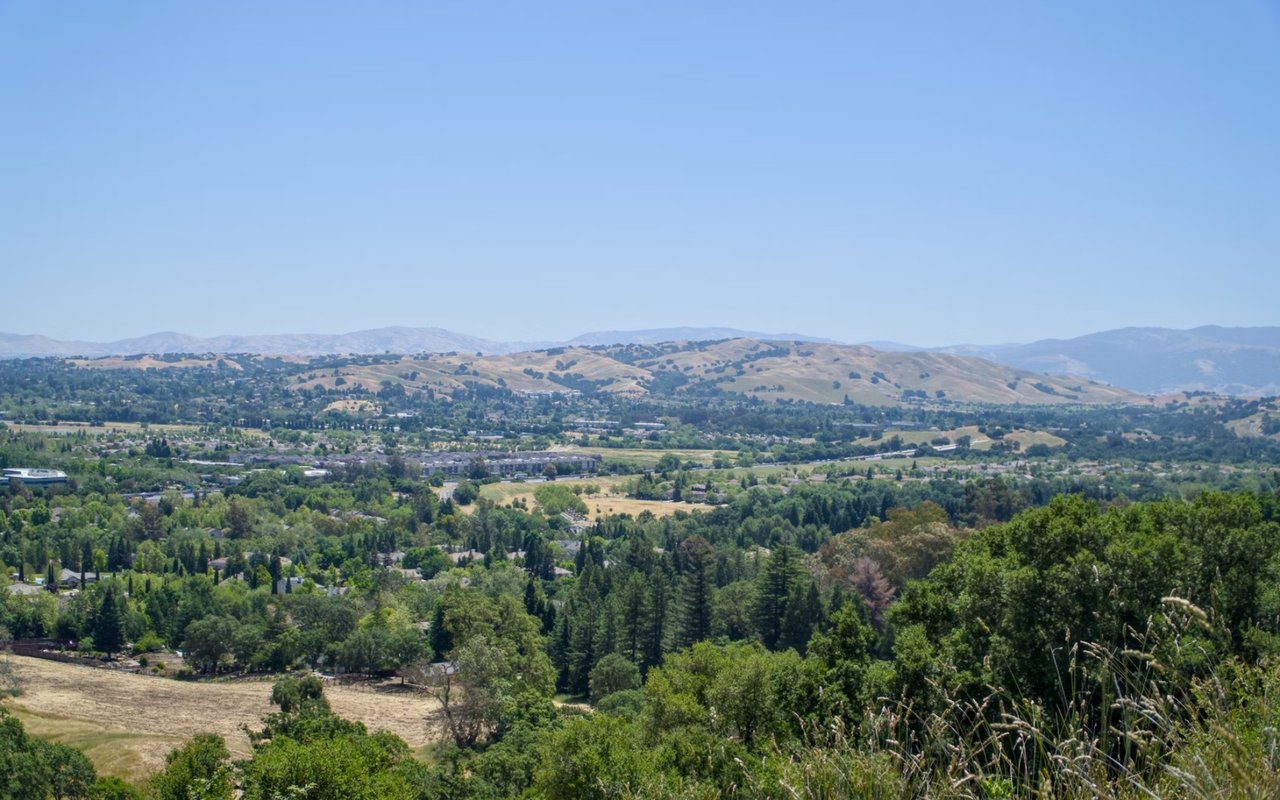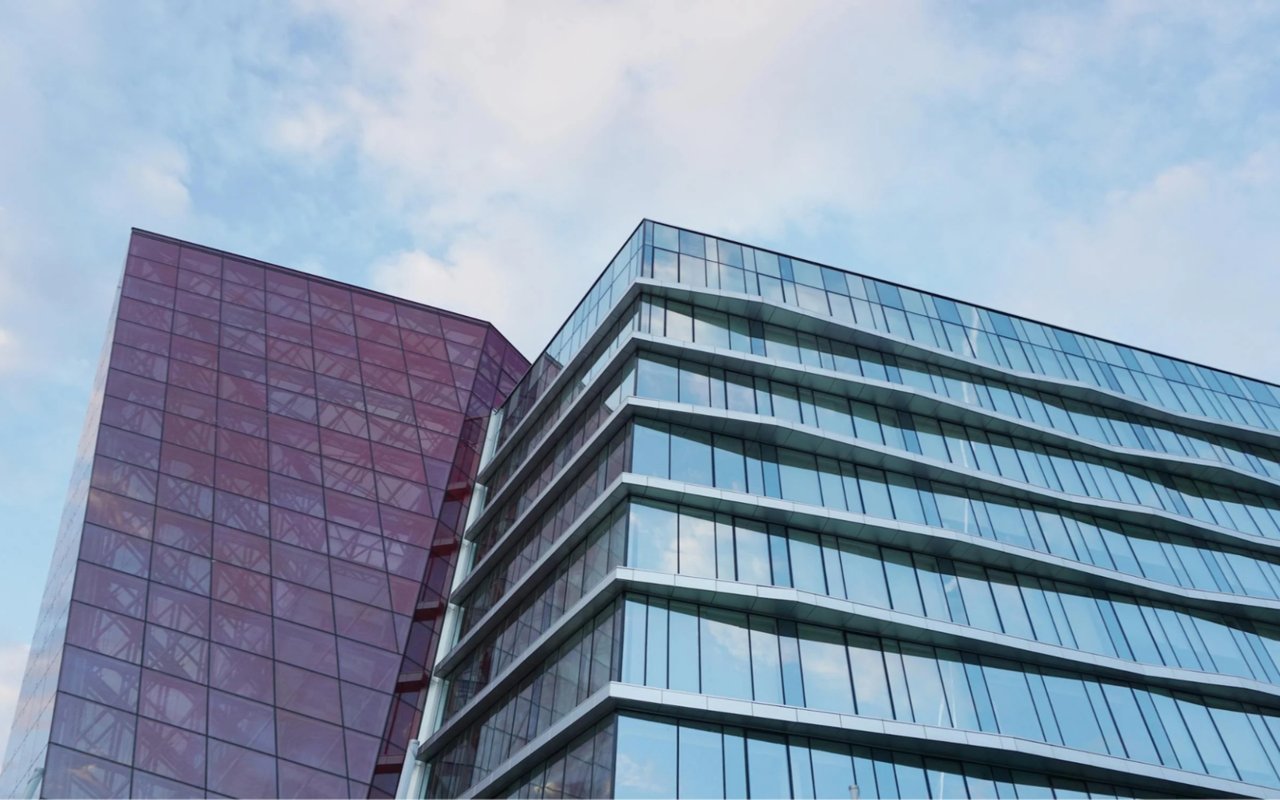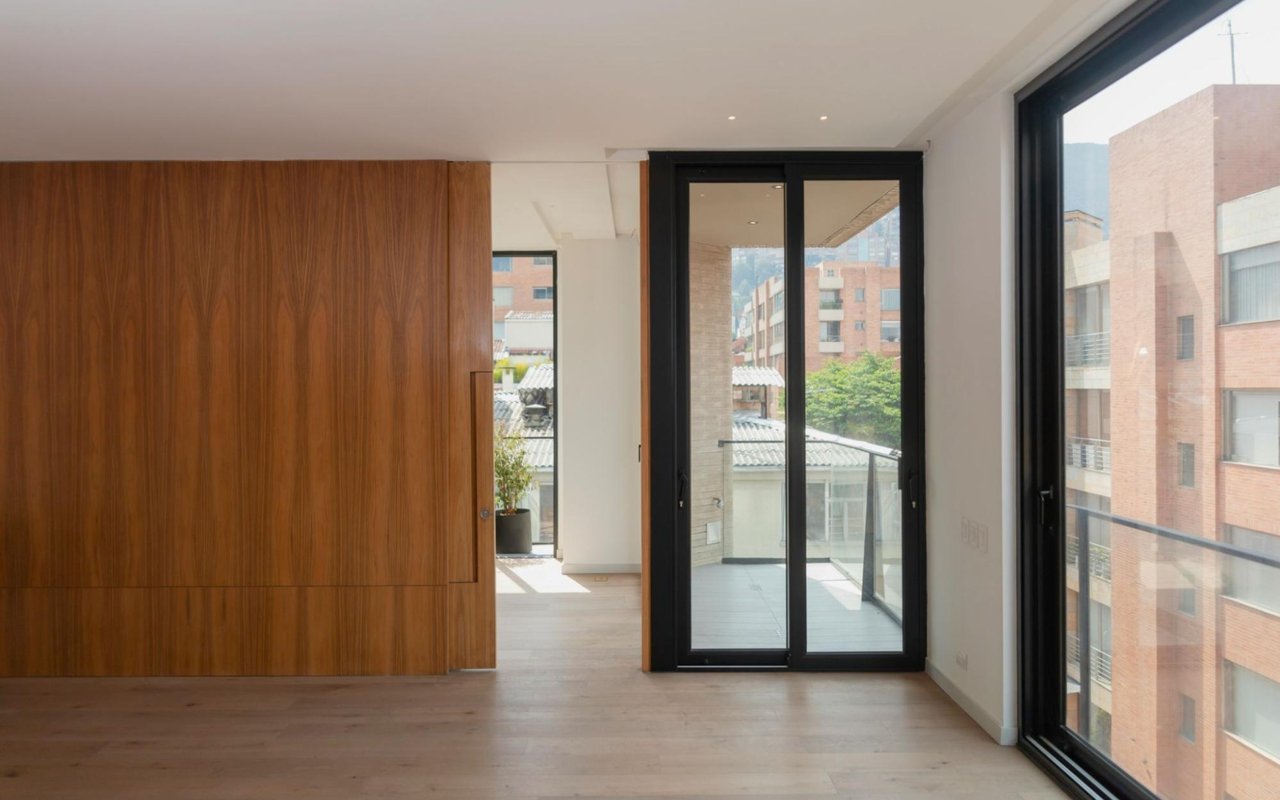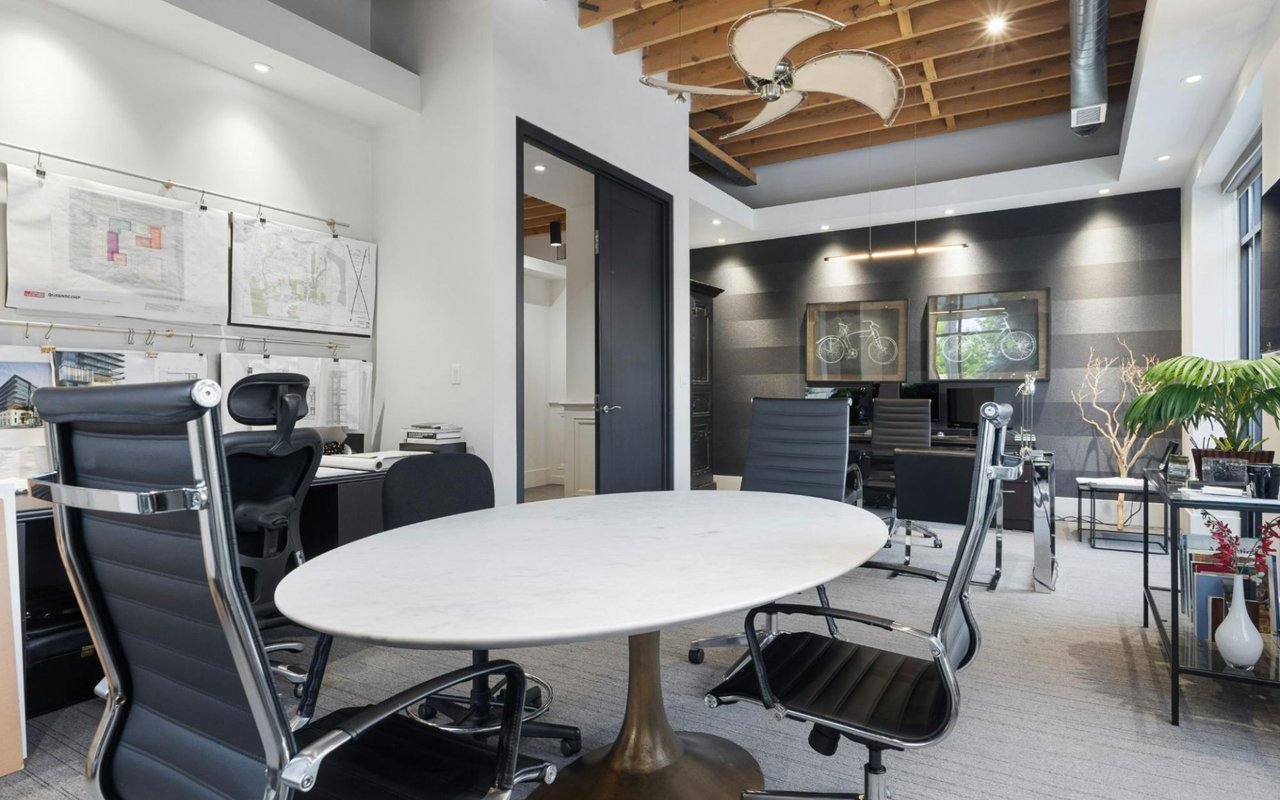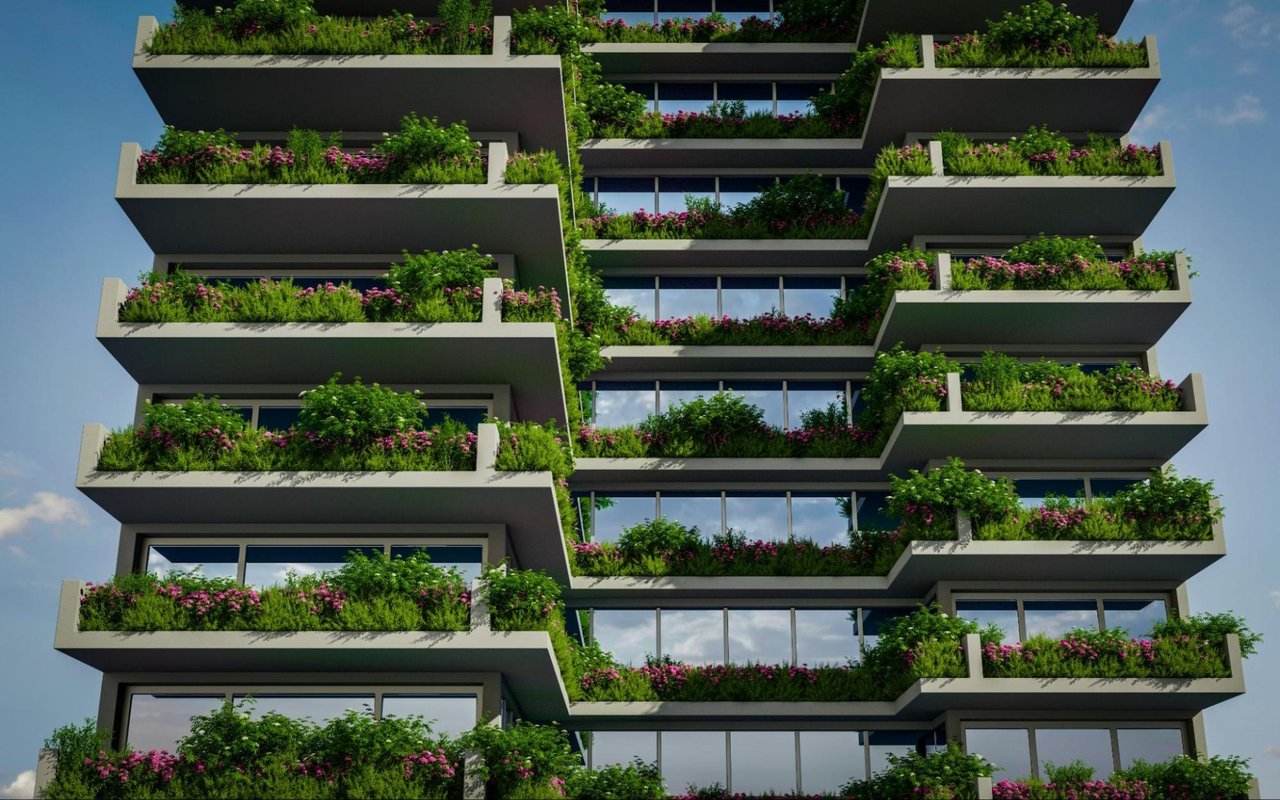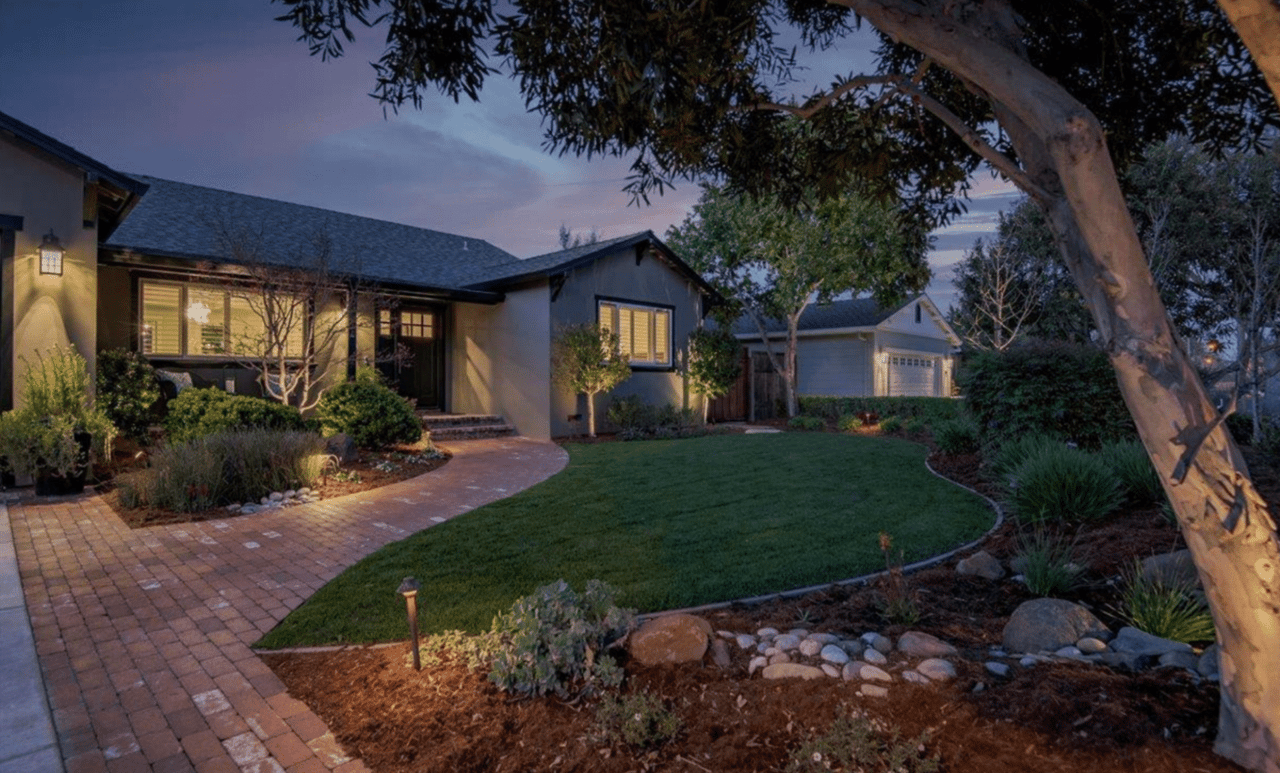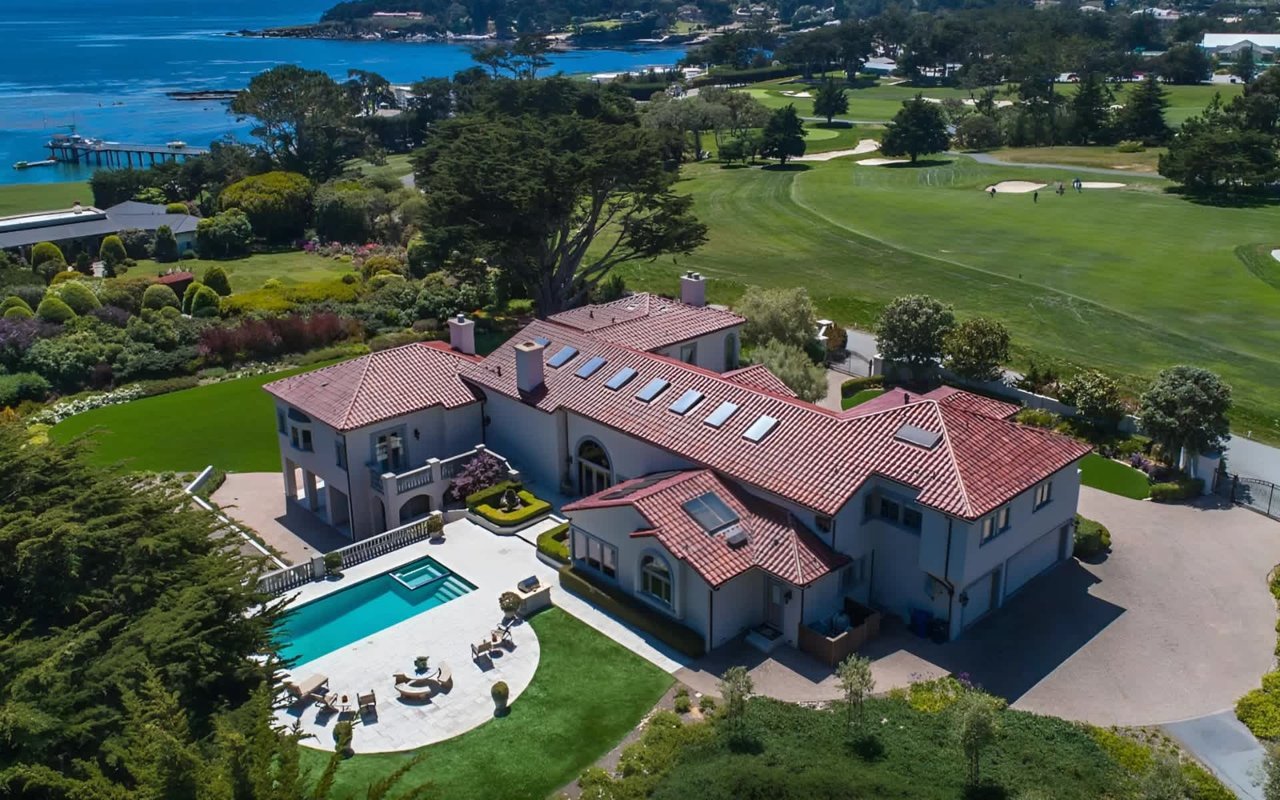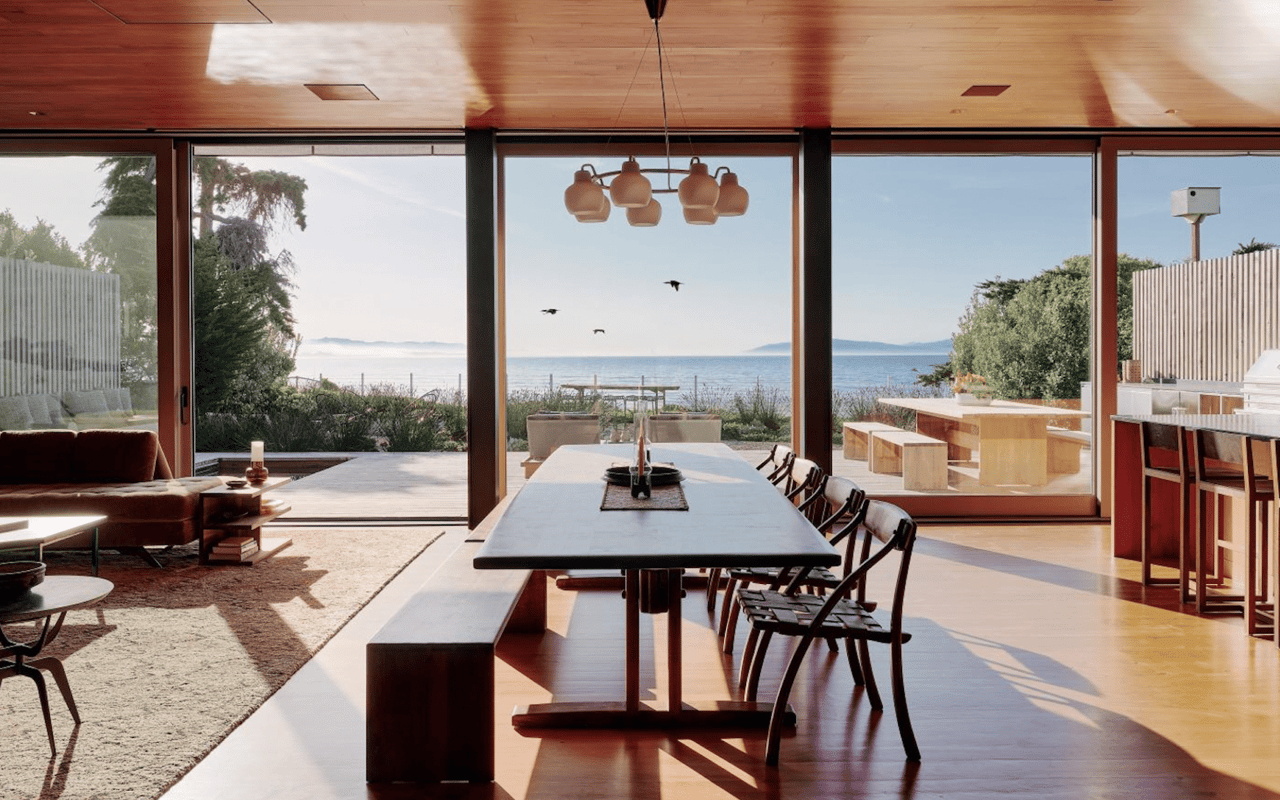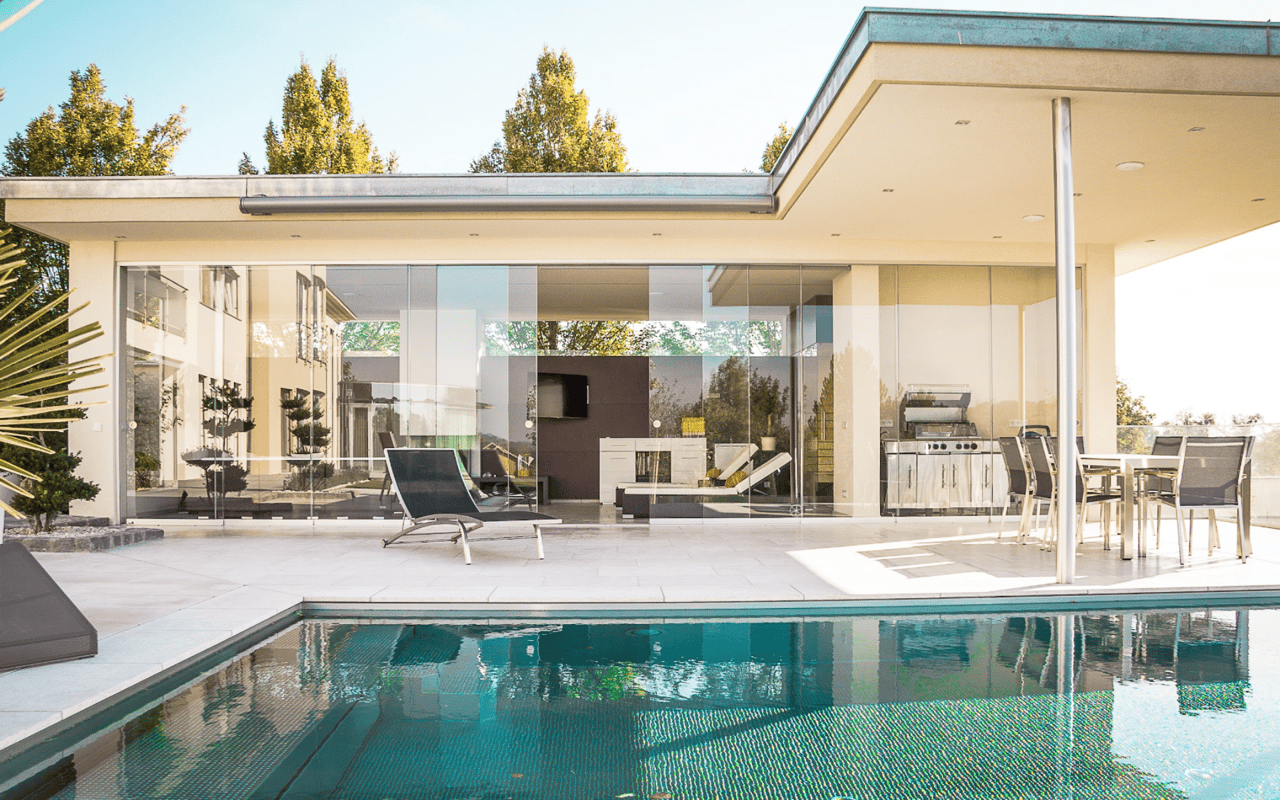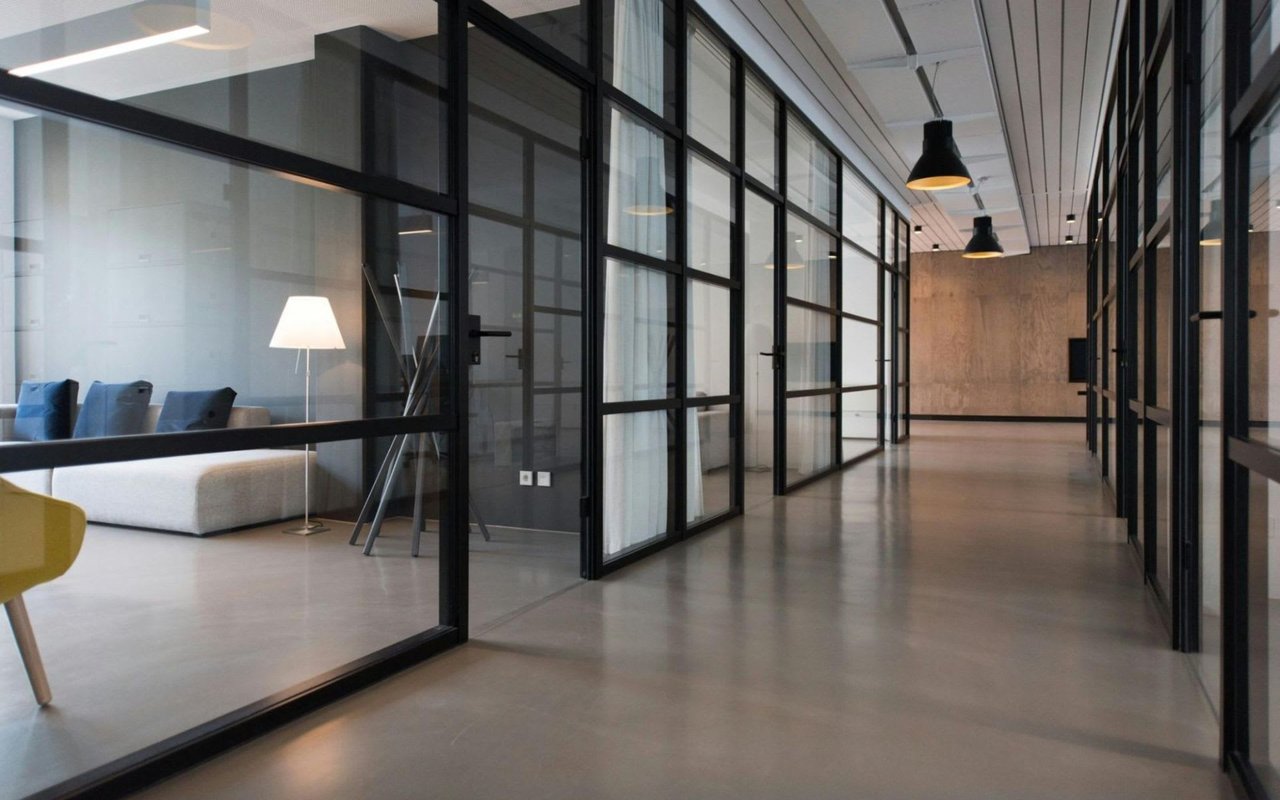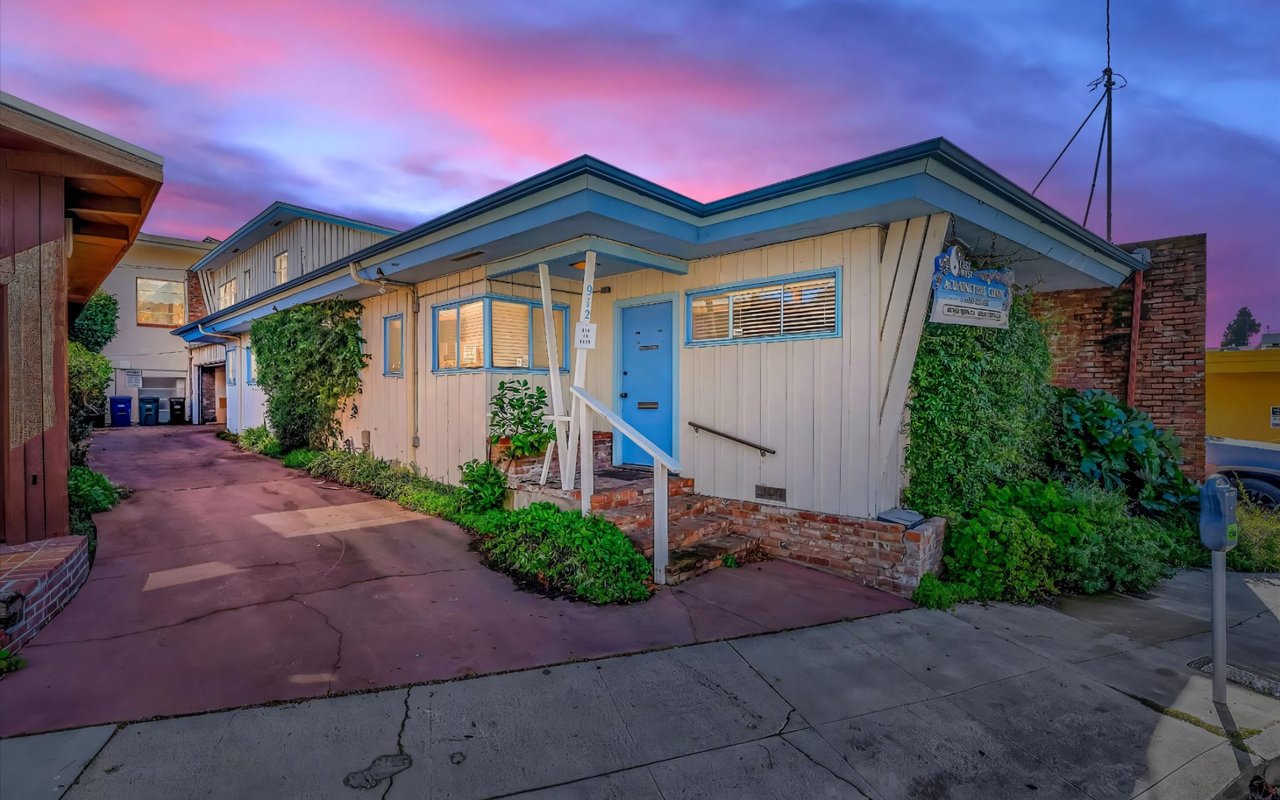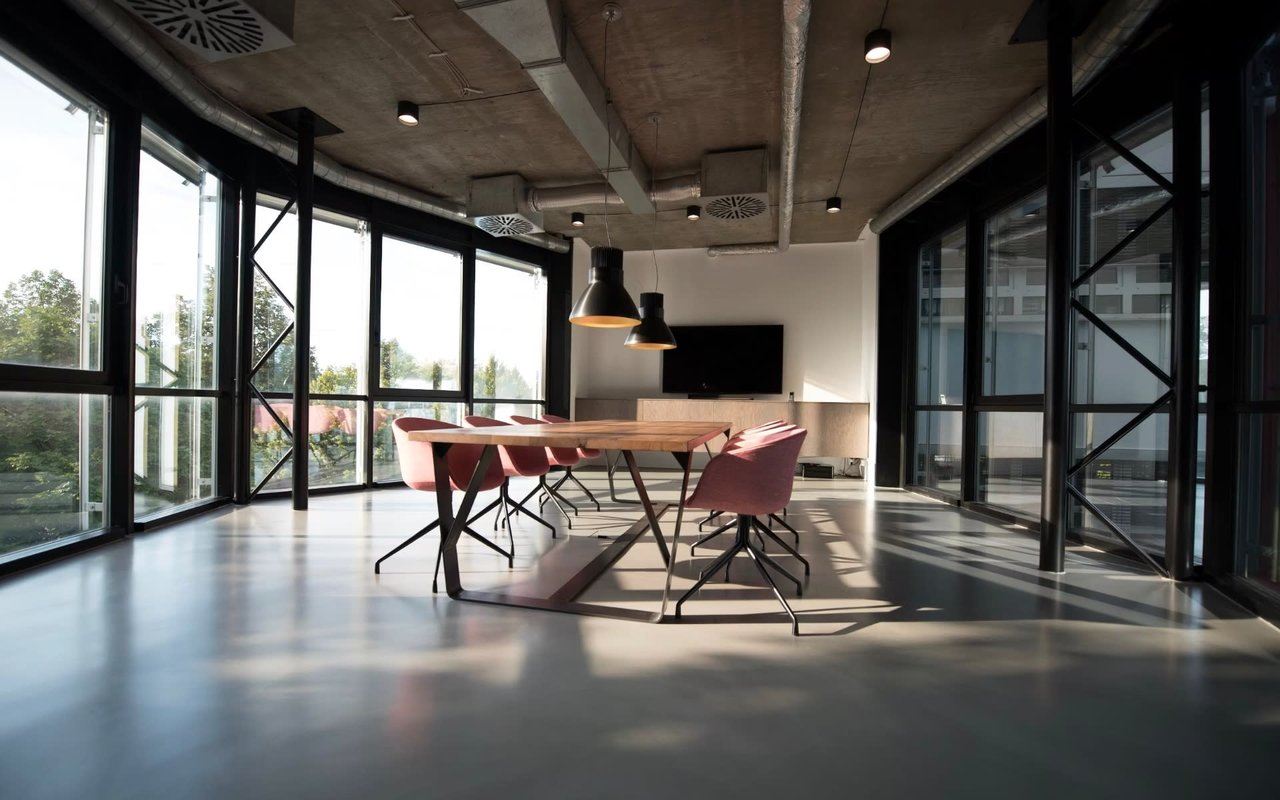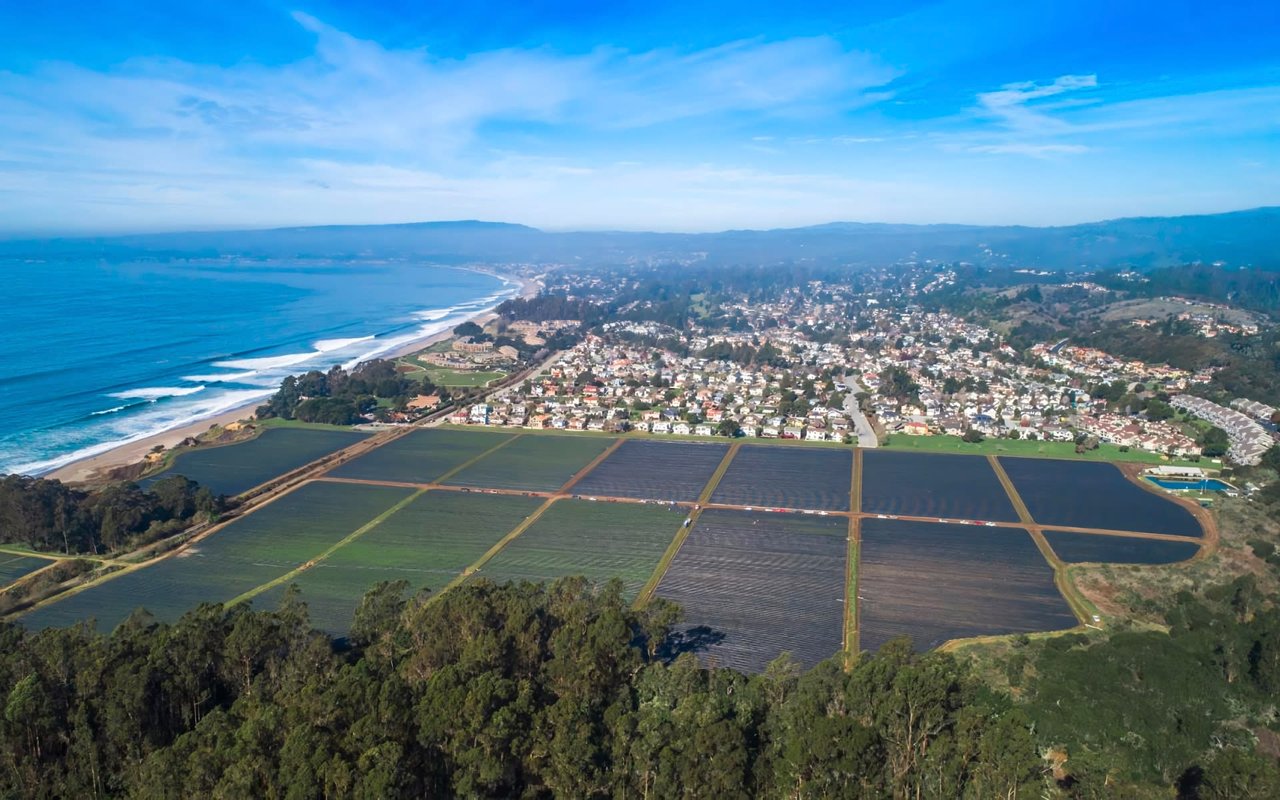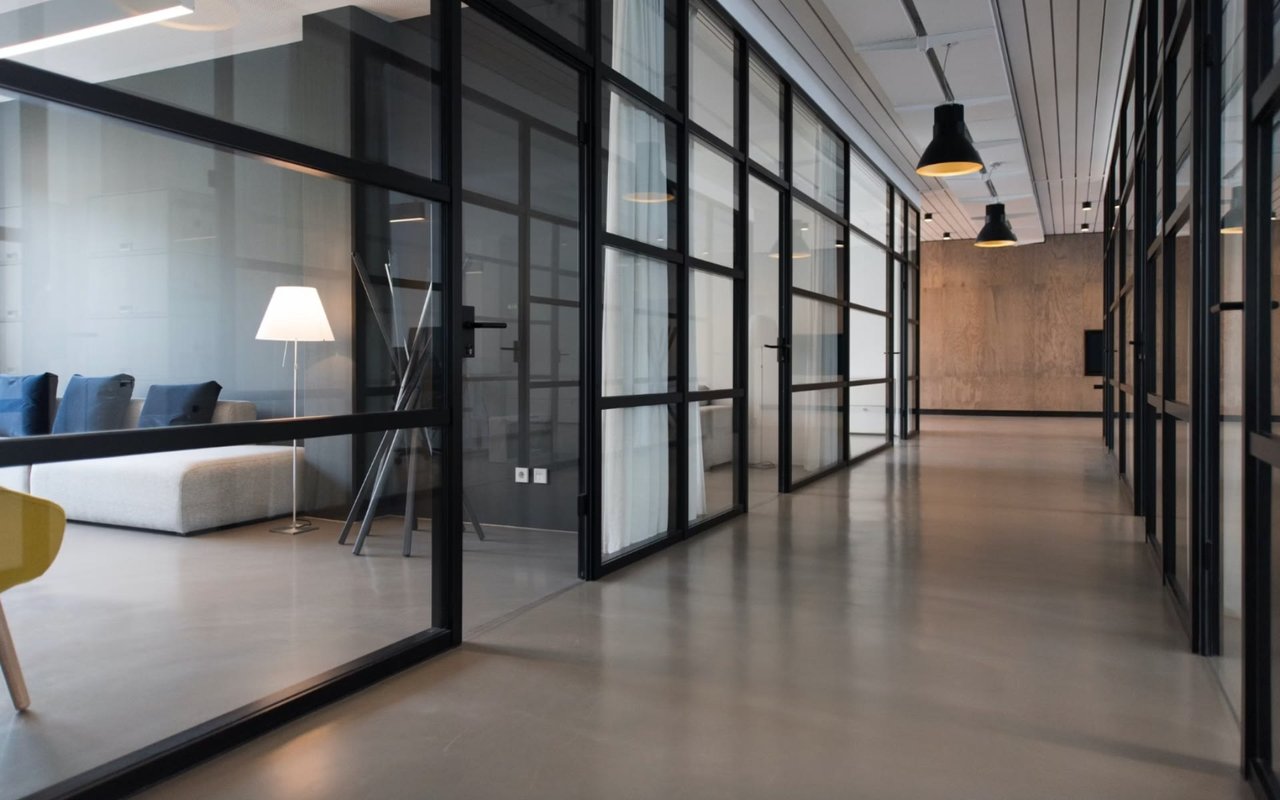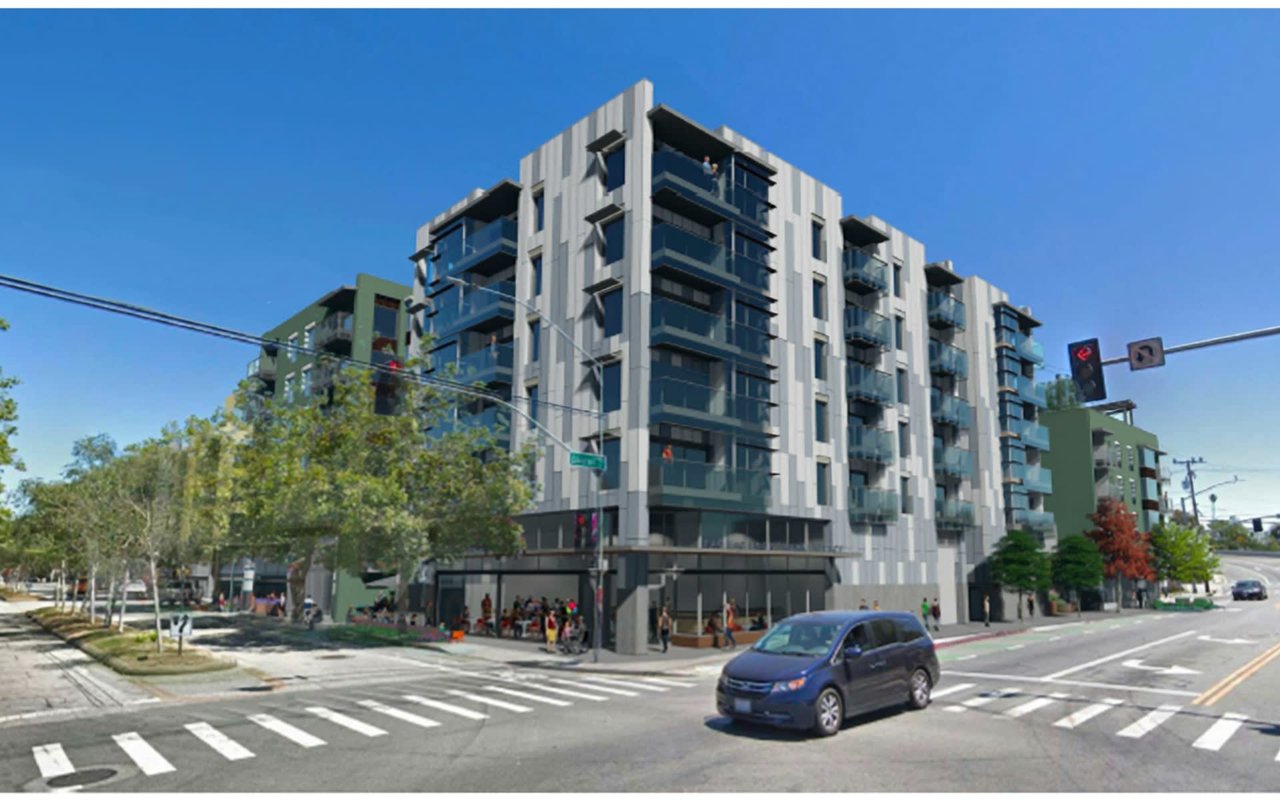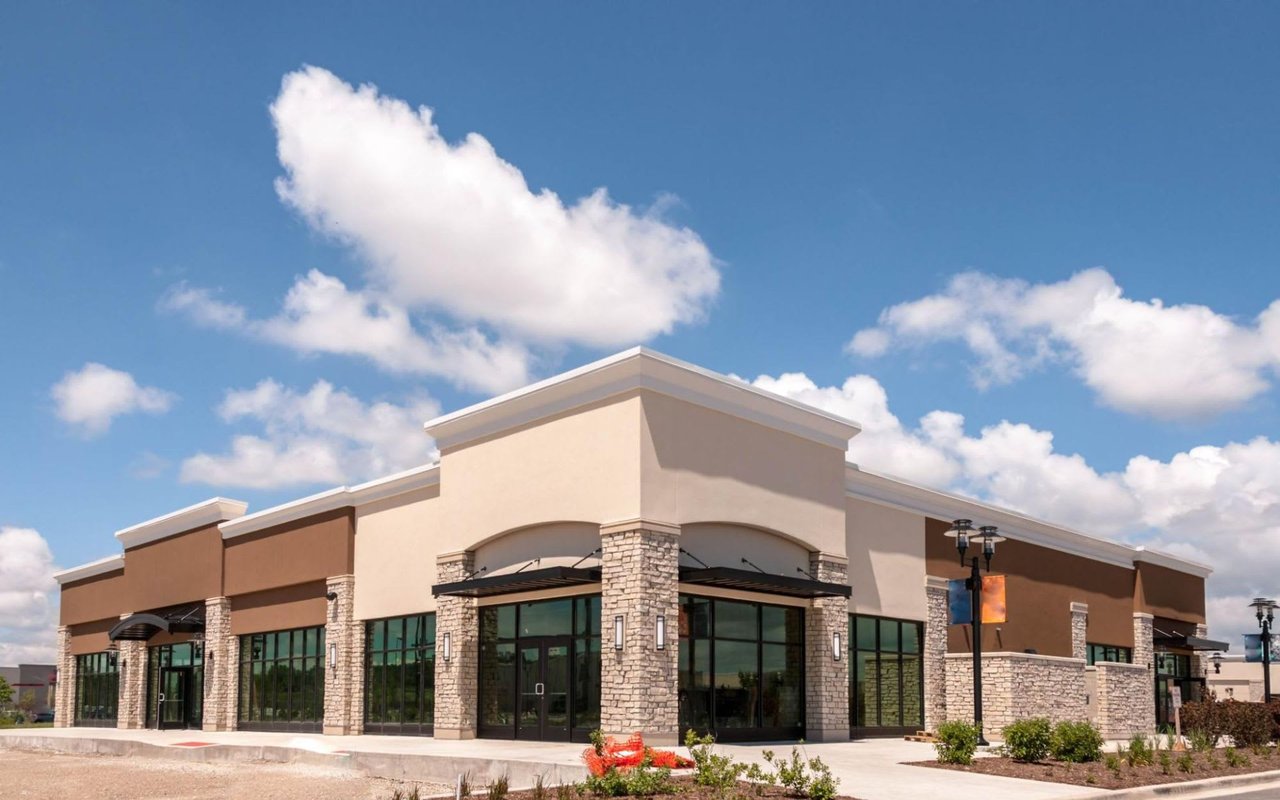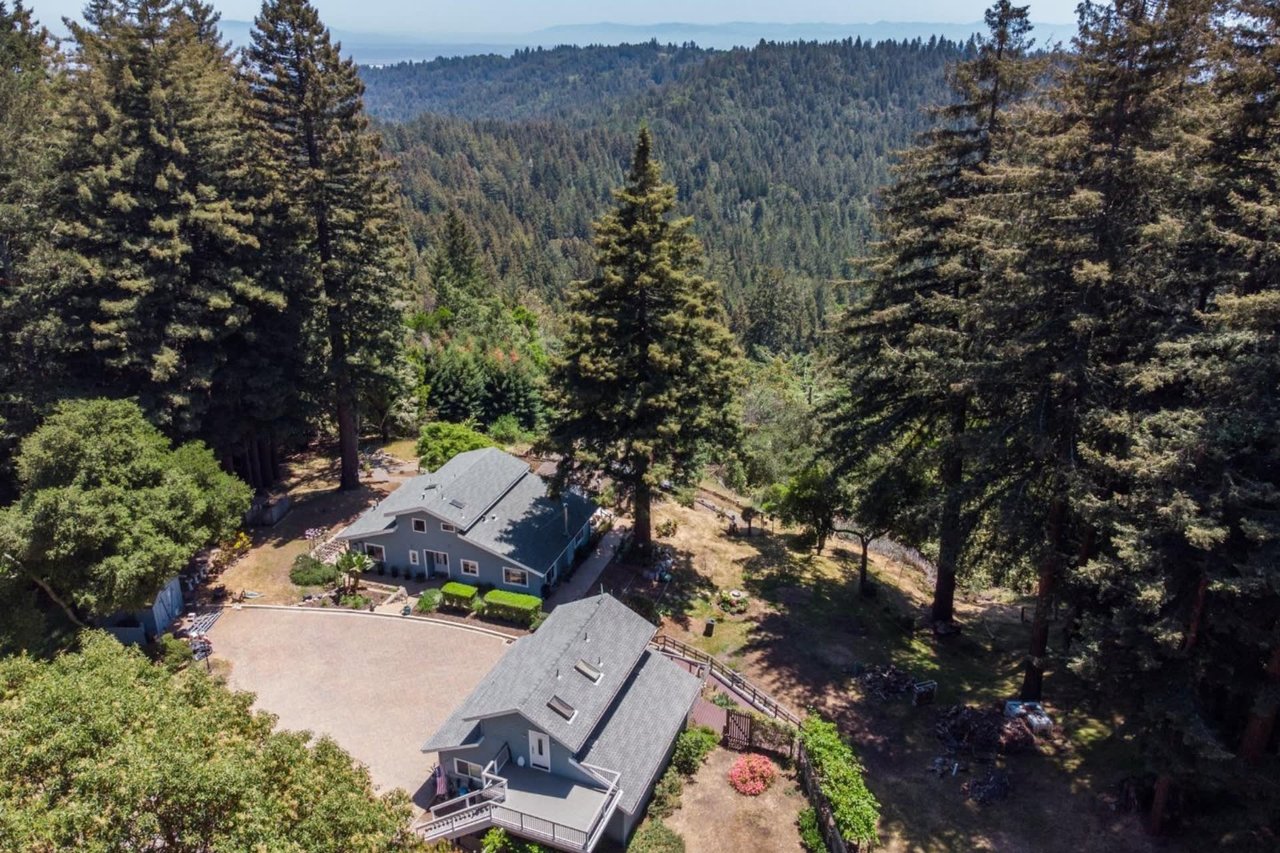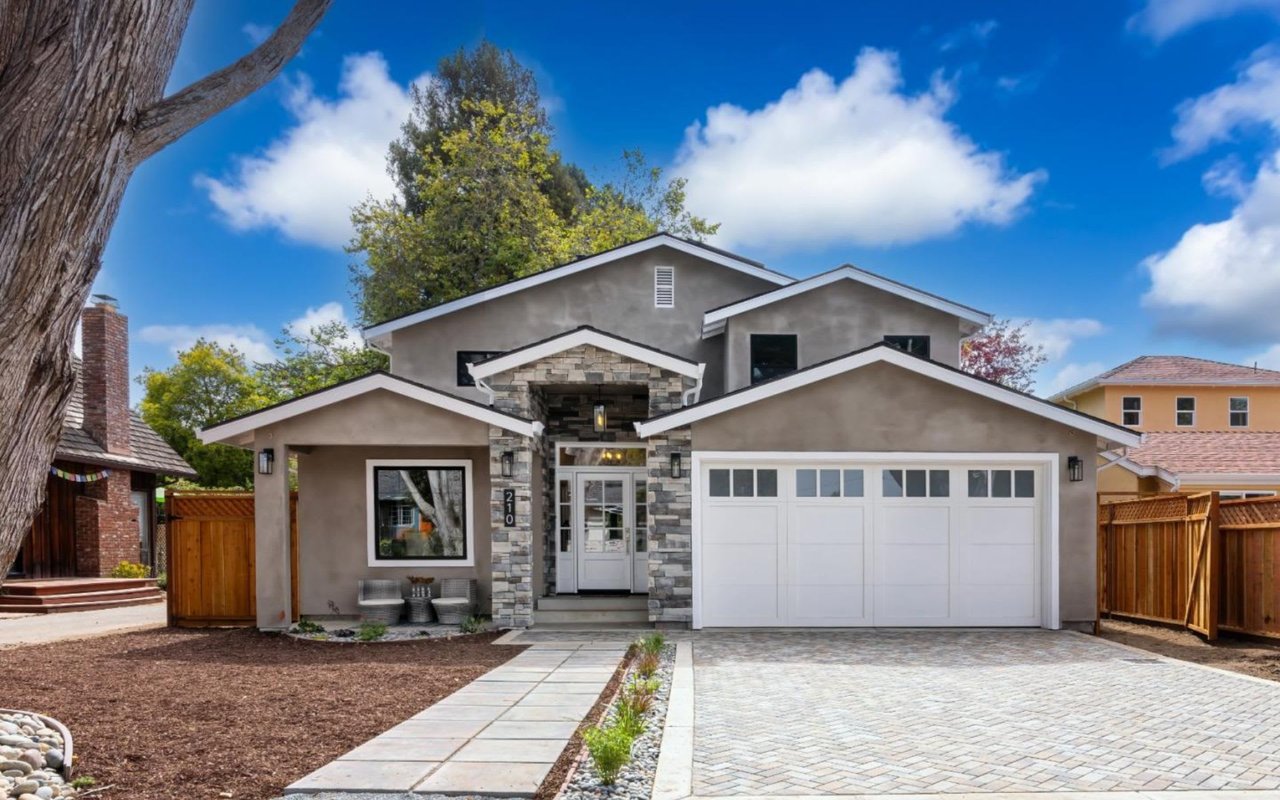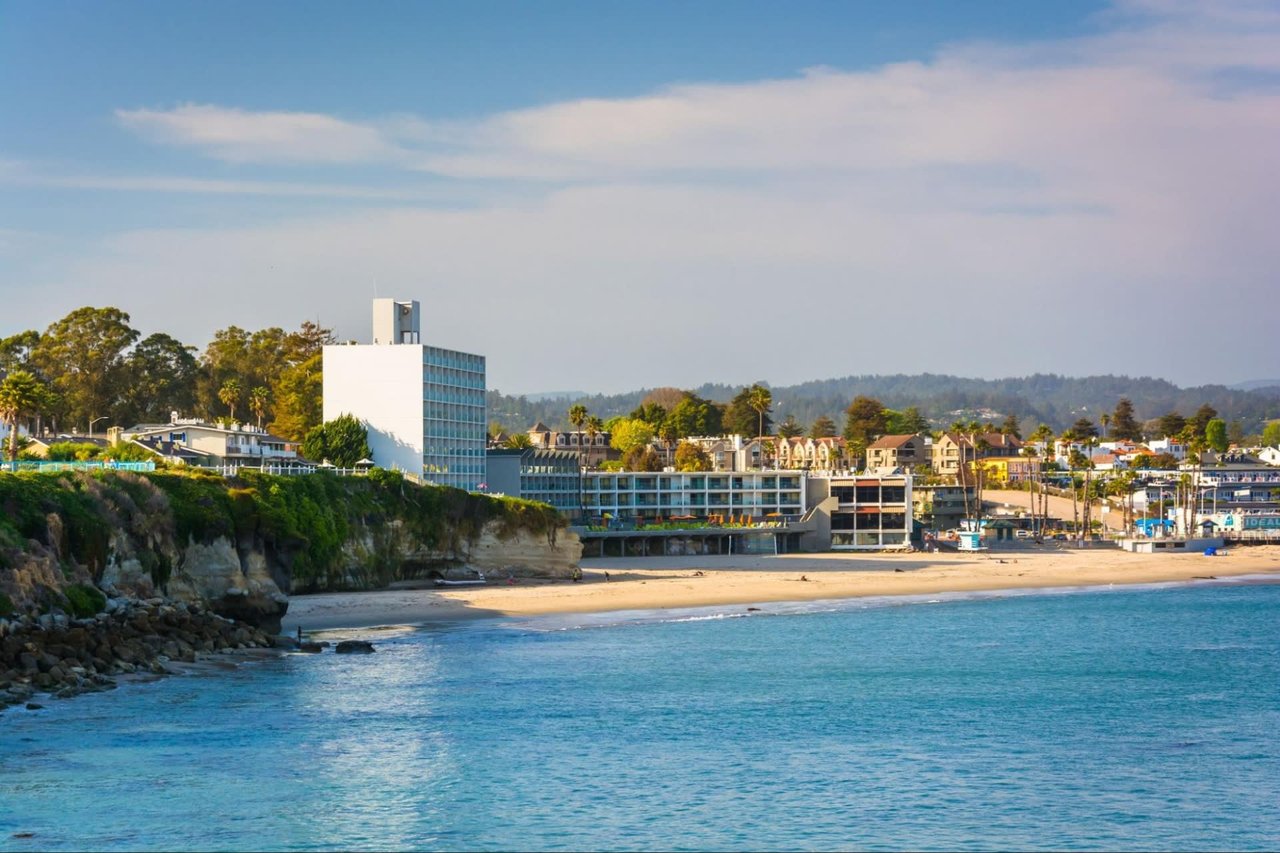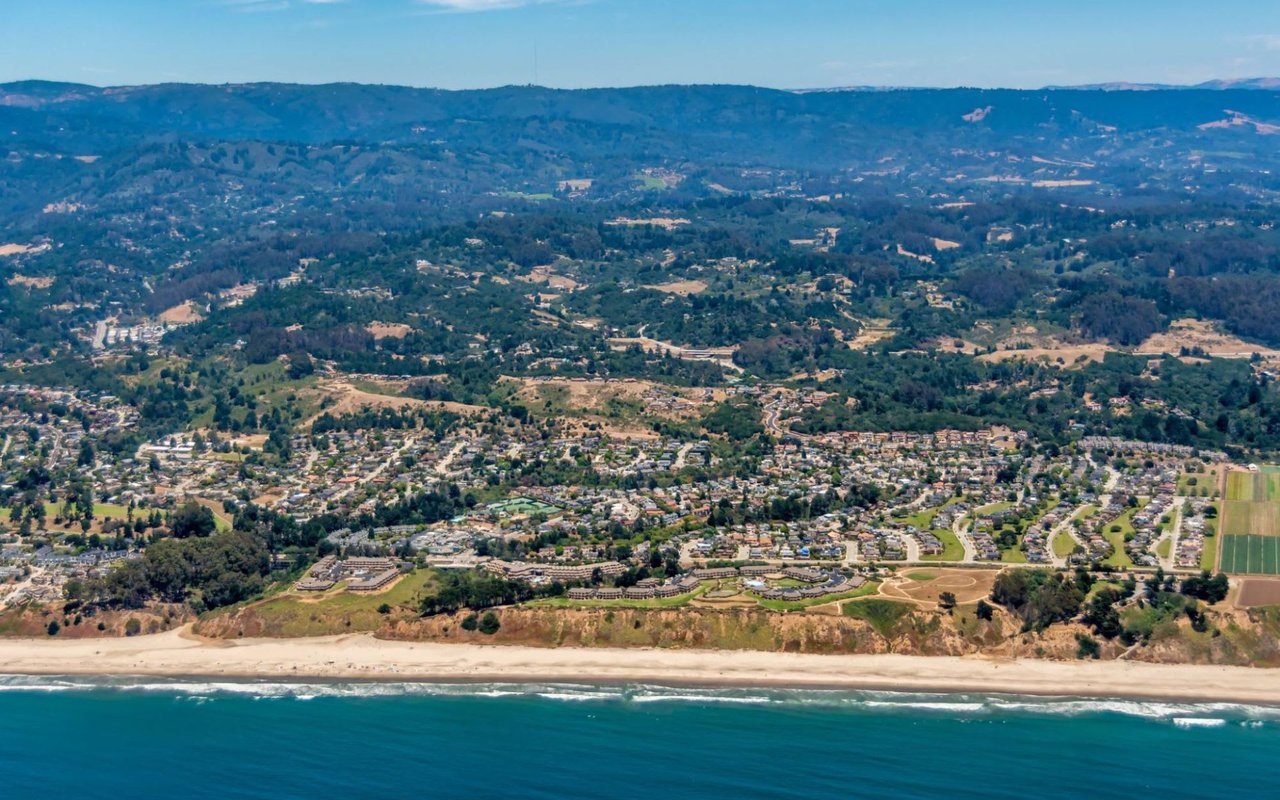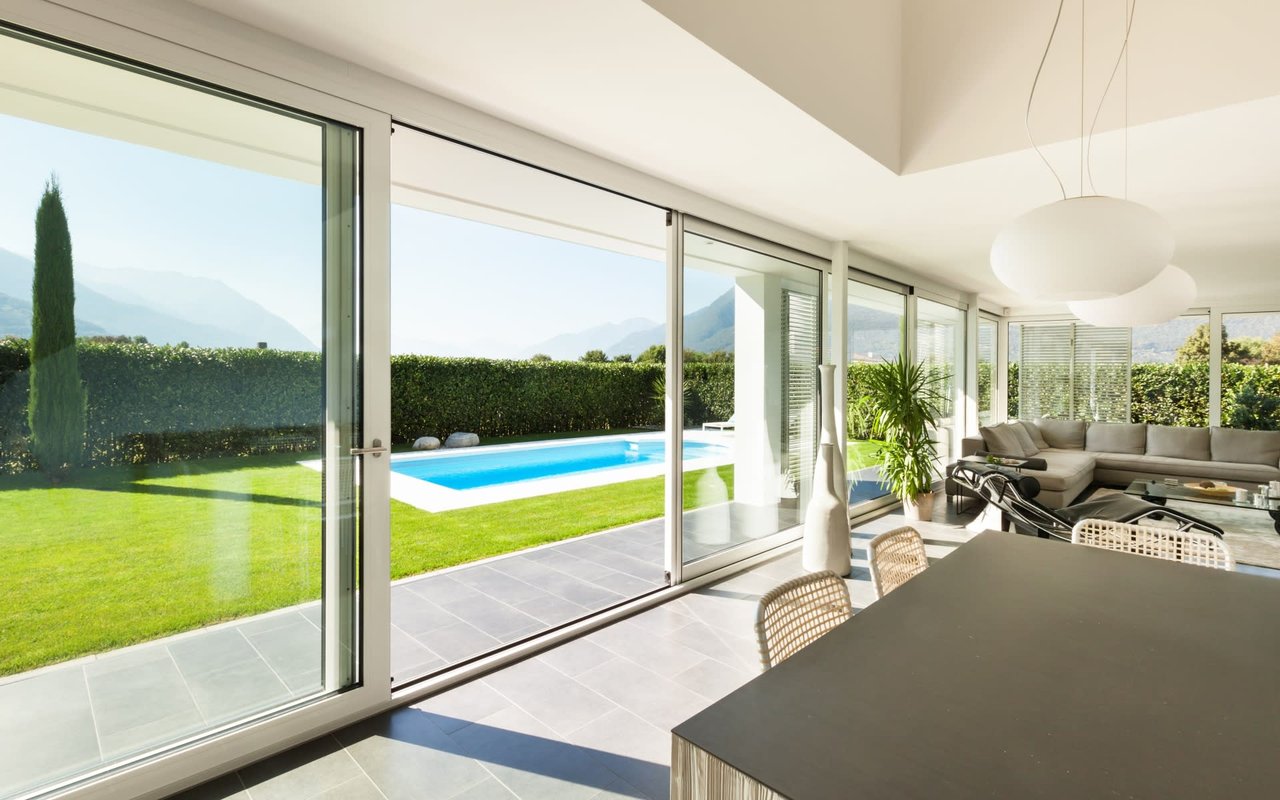Santa Cruz County, with its stunning coastline, vibrant communities, and proximity to Silicon Valley, is a region experiencing significant transformation in its commercial real estate sector. As the county adapts to evolving economic, social, and environmental factors, understanding the future trajectory of commercial real estate in this area is crucial for investors, developers, and local businesses. This blog post explores the emerging trends, challenges, and opportunities shaping the future of commercial real estate in Santa Cruz County.
The Impact of Remote Work and Hybrid Models
On one hand, the reduced demand for large office spaces in urban centers has led to an increase in vacancies. Office buildings in downtown Santa Cruz and other commercial hubs have seen a decline in occupancy rates as companies opt for smaller, more flexible workspaces or fully remote operations. This shift has pressured landlords and property owners to rethink their strategies, potentially repurposing office buildings for other uses such as residential or mixed-use developments.
On the other hand, the demand for co-working spaces and satellite offices has risen. Companies looking to maintain a physical presence while offering flexibility to their employees are increasingly interested in smaller, adaptable office spaces. Santa Cruz County, with its attractive lifestyle and natural beauty, is well-positioned to capitalize on this trend. Co-working spaces that provide a blend of professional environments and amenities catering to remote workers can thrive in this new landscape.
The Rise of E-Commerce and Industrial Space Demand
Developers and investors are eyeing opportunities to build or repurpose properties into state-of-the-art warehouses and distribution centers. Modern industrial spaces equipped with advanced logistics technology, ample storage capacity, and efficient transportation access are in high demand. The rise of same-day and next-day delivery expectations further fuels this need, prompting companies to seek locations that can support fast and efficient order fulfillment.
Additionally, the county's commitment to sustainability and environmental consciousness offers unique opportunities for developing eco-friendly industrial spaces. Green building practices, renewable energy integration, and sustainable logistics solutions can enhance the appeal of industrial properties in Santa Cruz County, attracting businesses committed to reducing their environmental footprint.
Revitalization of Retail Spaces
Successful retail spaces now focus on providing unique experiences that cannot be replicated online. This includes incorporating elements such as entertainment, dining, and community events. For example, shopping centers and downtown areas are increasingly hosting farmers' markets, live music, art shows, and other activities that draw people in and create a sense of community.
Mixed-use developments that combine retail with residential and office spaces are also gaining popularity. These developments create vibrant, walkable neighborhoods where people can live, work, and shop in close proximity. In Santa Cruz County, such projects can enhance the appeal of commercial real estate by offering a more integrated and convenient lifestyle.
The Growing Importance of Sustainability
Developers are incorporating renewable energy sources such as solar panels and wind turbines into their projects. Energy-efficient HVAC systems, water-saving fixtures, and sustainable landscaping are becoming standard features. These green building practices not only reduce the environmental impact of commercial properties but also offer long-term cost savings through reduced energy and maintenance expenses.
The county's commitment to sustainability extends beyond individual buildings. Urban planning initiatives focus on creating sustainable communities with robust public transportation options, bike lanes, and pedestrian-friendly infrastructure. These efforts enhance the overall appeal of Santa Cruz County as a destination for businesses and residents seeking a greener, healthier lifestyle.
Challenges and Opportunities in Housing and Mixed-Use Developments
Developers can address the housing shortage by creating mixed-use developments that integrate affordable housing units with commercial spaces. These projects can provide a balanced approach, offering essential services, retail options, and job opportunities within the same vicinity. By fostering a sense of community and reducing the need for long commutes, mixed-use developments can contribute to a more sustainable and livable environment.
Furthermore, adaptive reuse of existing commercial properties can be a viable solution to the housing crisis. Converting underutilized office buildings, warehouses, and retail spaces into residential units can increase the housing supply without the need for extensive new construction. This approach not only addresses housing needs but also revitalizes aging commercial properties and enhances their value.
The Role of Technology and Innovation
Smart buildings equipped with Internet of Things (IoT) devices and automation systems offer improved energy management, security, and occupant comfort. These buildings can monitor and adjust lighting, heating, and cooling systems in real-time, reducing energy consumption and operational costs. Additionally, advanced security systems and access controls enhance the safety and convenience of commercial properties.
Data analytics and artificial intelligence (AI) are also transforming the real estate landscape. Predictive analytics can help investors and developers make informed decisions by analyzing market trends, property performance, and demographic data. AI-powered tools can optimize property management, streamline maintenance processes, and improve tenant experiences.
Moreover, technology is facilitating the rise of flexible workspaces and remote work solutions. Virtual office platforms, collaboration tools, and video conferencing technologies enable businesses to operate efficiently without being tied to a physical location. This trend is reshaping the demand for commercial real estate, with an increasing emphasis on flexibility and adaptability.
The future of commercial real estate in Santa Cruz County is shaped by a dynamic interplay of trends, challenges, and opportunities. The rise of remote work, the growth of e-commerce, the revitalization of retail spaces, the emphasis on sustainability, the need for housing, and the impact of technology are all driving forces in this evolving market.
For investors, developers, and local businesses, understanding these trends is essential for making informed decisions and capitalizing on emerging opportunities. By embracing innovation, sustainability, and adaptability, Santa Cruz County can continue to thrive as a vibrant and attractive destination for commercial real estate. The future holds great promise for those who navigate this changing landscape with vision and foresight.
Ready to take the next step in finding commercial real estate for sale in Santa Cruz County? If so, reach out to one of the experienced agents at Team Zech Properties. They can answer any questions you have and help you find the best Santa Cruz County real estate to align with your goals.





